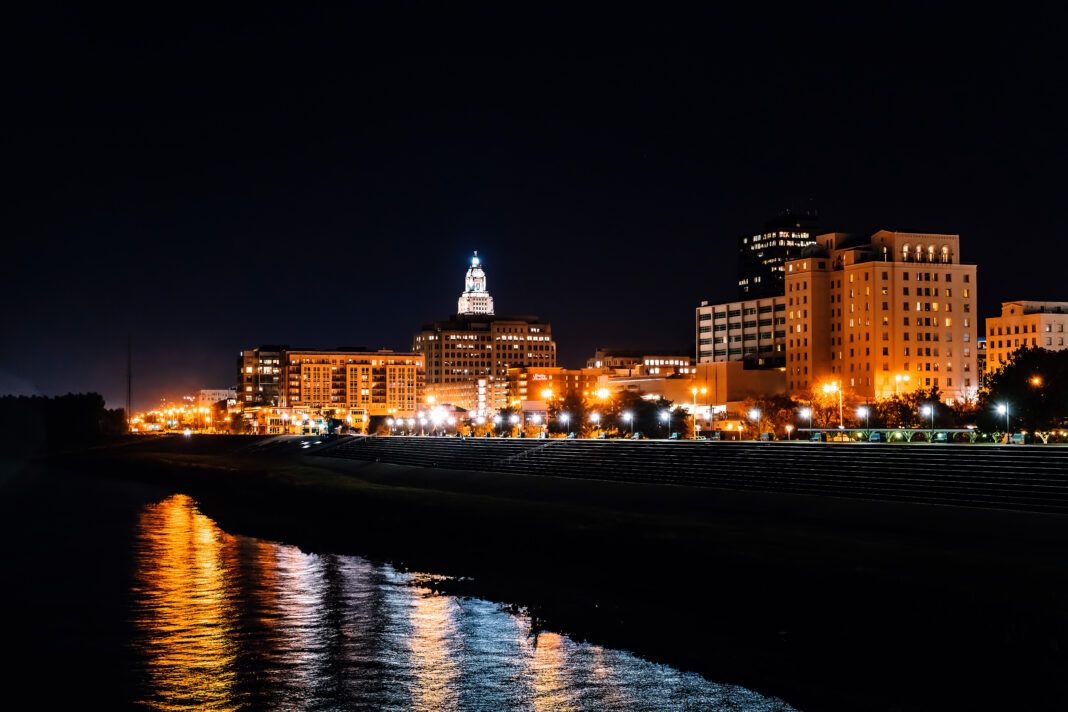When Whitney Hoffman Sayal took the helm of the Downtown Development District in June 2022, she had big shoes to fill. She was taking over for Davis Rhorer, the so-called Godfather of Downtown,…
Already an INSIDER? Sign in.
We are glad you enjoy reading Business Report.
Continue reading this story and get ACCESS to all our content from any device with a subscription now.
- Get access to more than a decade of story archives.
- Get access to our searchable data center of TOP LISTS.
- Get exclusive content only available to INSIDERS.
 GET DAILY REPORT FREE
GET DAILY REPORT FREE





